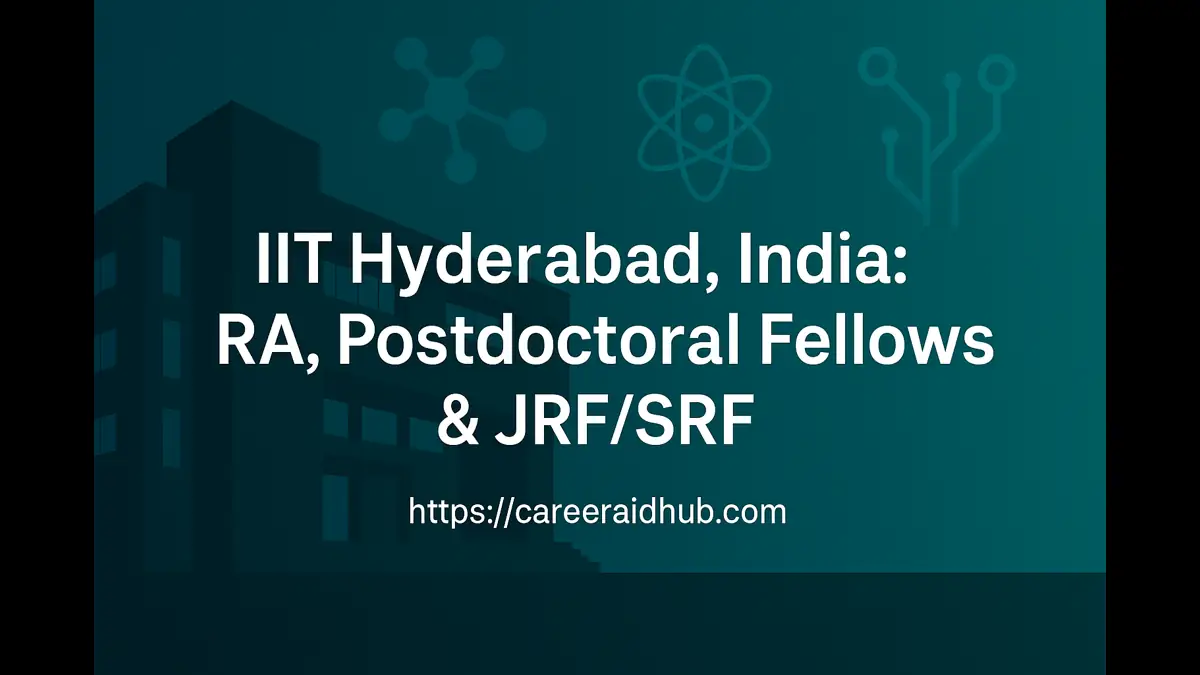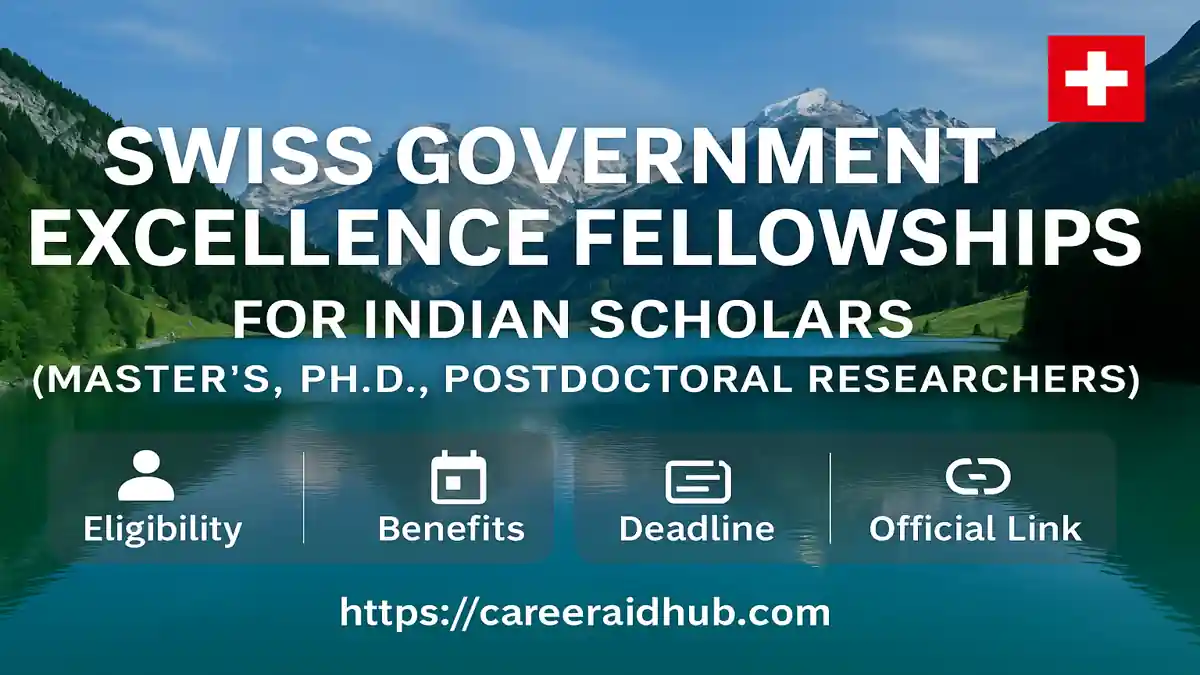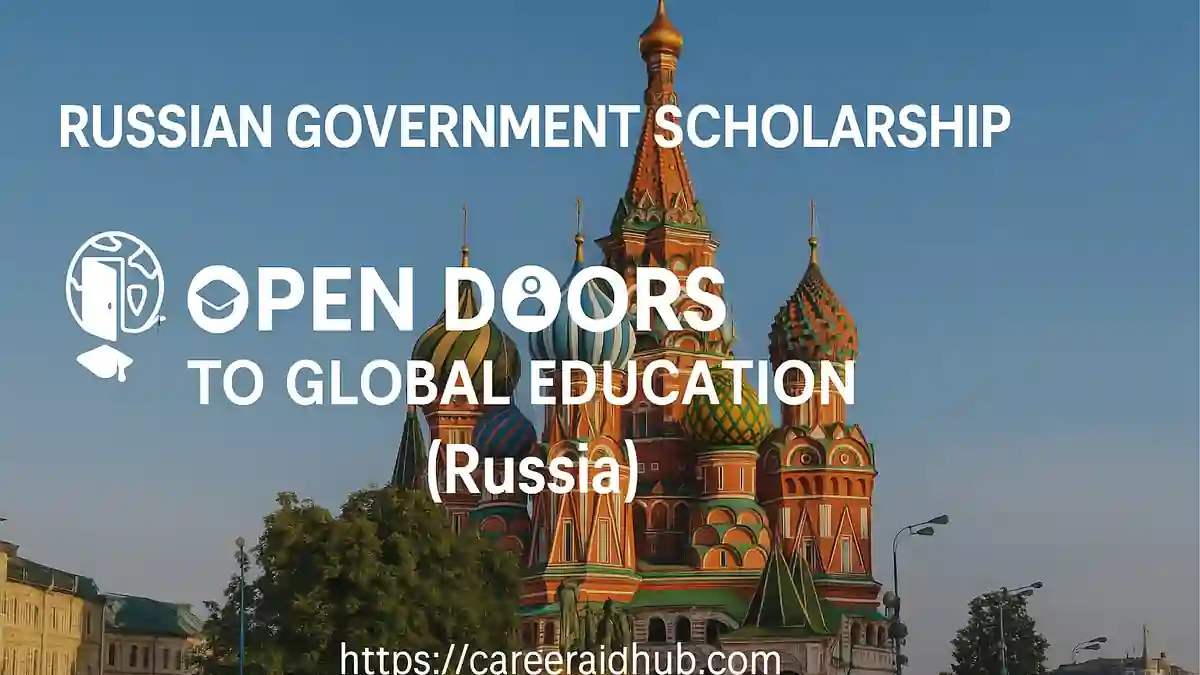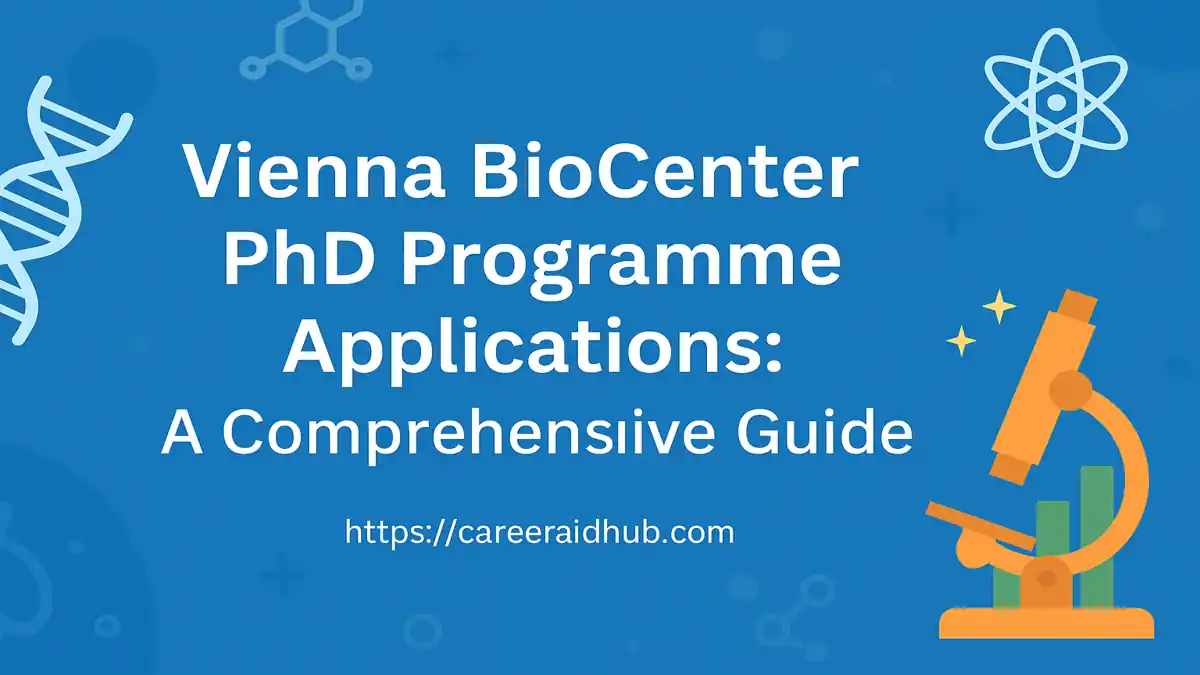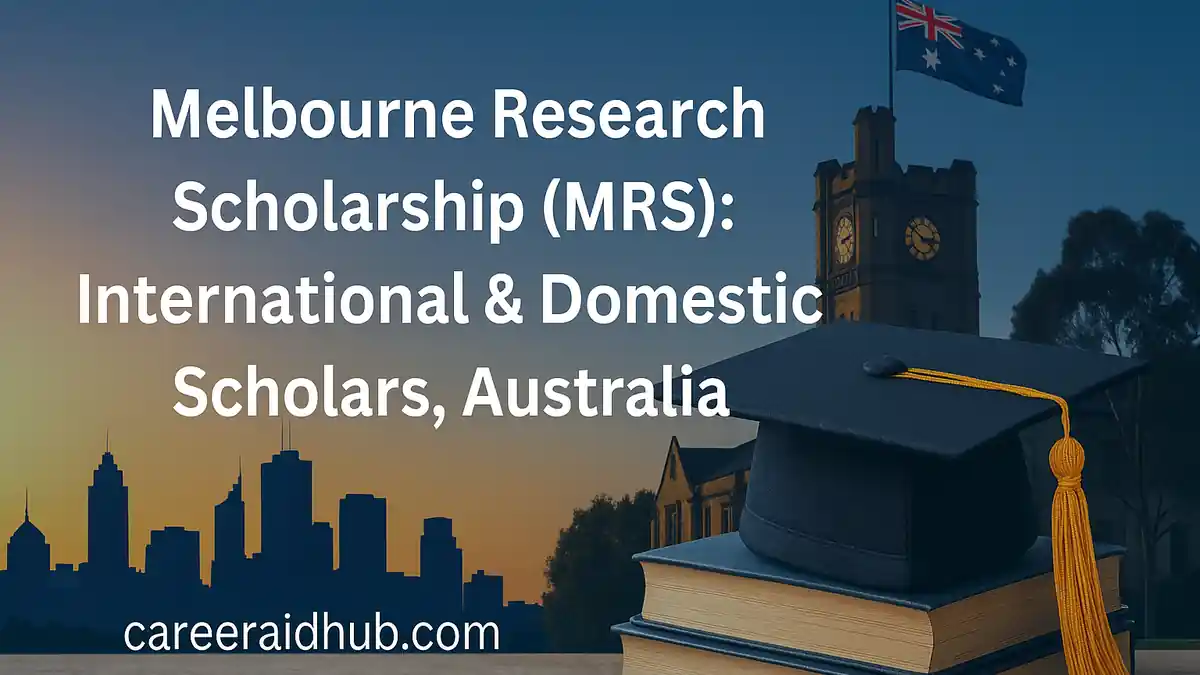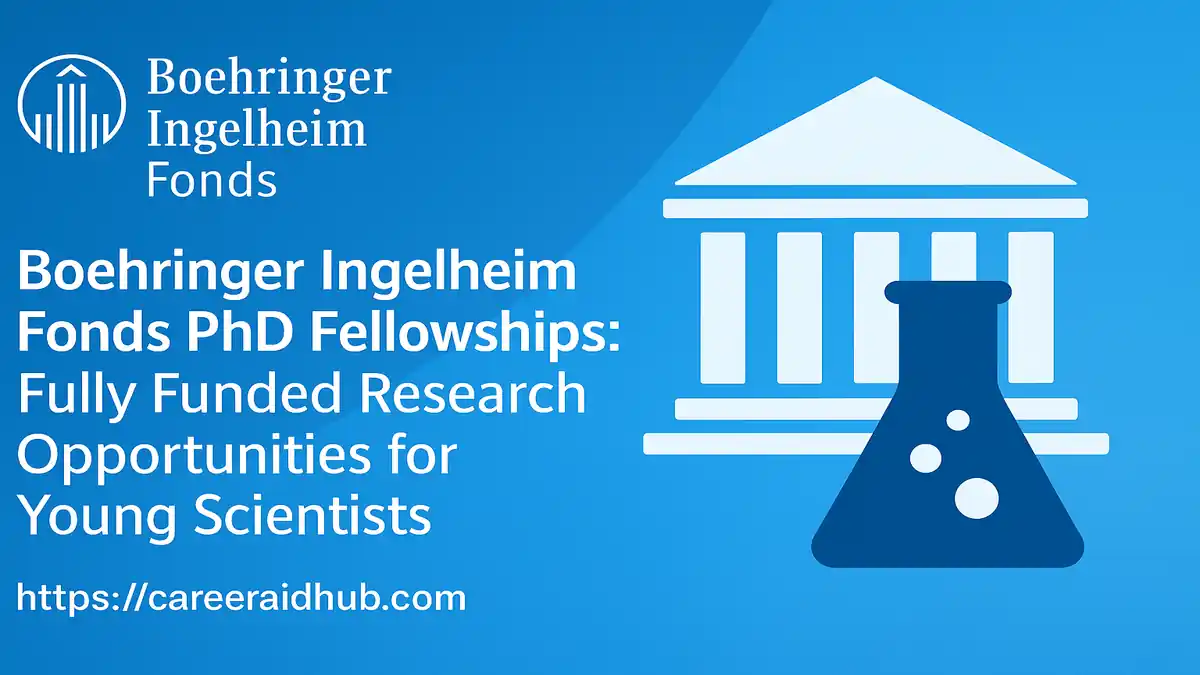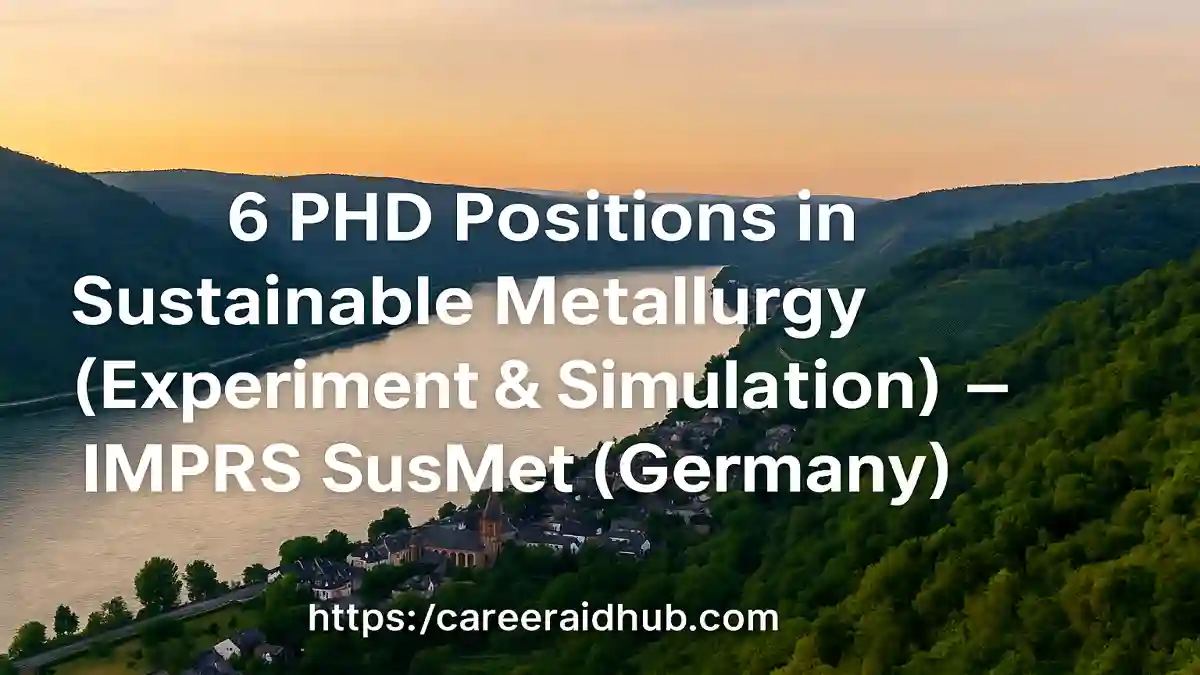Introduction: What MSCA Doctoral Networks Fund and Why It Matters
The Marie Skłodowska-Curie Actions (MSCA) Doctoral Networks (DN) scheme supports international, intersectoral doctoral training that recruits and develops doctoral candidates (DCs) in any discipline. Consortia design a single, coherent programme that integrates scientific excellence, transferable-skills training, and purposeful mobility—thereby improving employability and strengthening university–industry collaboration. The 2025 call welcomes proposals under Standard DN, Industrial Doctorates (DN-ID), and Joint Doctorates (DN-JD).
MSCA Doctoral Networks fund ambitious, international doctoral programmes that pair excellent research with structured skills training. This guide explains eligibility, DN-ID and DN-JD options, funding architecture, evaluation criteria, and step-by-step application strategy—so your consortium can design credible projects, recruit outstanding candidates, and deliver high-impact, intersectoral training across disciplines.
The Essentials at a Glance
- What it funds: Multi-partner doctoral programmes combining cutting-edge research with structured training (Open Science, data stewardship, entrepreneurship, communication, and outreach).
- Who can participate: Universities, research organisations, research infrastructures, companies (including SMEs), public bodies, NGOs, and other socio-economic actors from different countries in the EU and associated regions.
- Why it matters: DN projects deliver employable graduates, deepen university–industry links, and build institutionalcapacity through jointly delivered training programmes that outlast a single grant.
Long-Tail Takeaways (H3)
- International doctoral training funding for intersectoral PhD programmes
- MSCA DN consortium requirements and mobility rule explained
- DN-ID and DN-JD supervision, degrees, and placements clarified
What’s New and Notable in 2025
The 2025 call follows the well-tested DN model under Horizon Europe while emphasising clarity in governance, mobility design, Open Science, and recruitment transparency. The call timeline includes a Commission information day, a single-stage submission on the Funding & Tenders Portal, and the standard evaluation and grant-agreement sequence thereafter.
Funding Scale and Planning Signals (H3)
Although annual allocations vary, DN calls typically fund large, competitive cohorts across disciplines. Consequently, plan early: synchronise internal approvals, confirm ethics clearances, align data-management policies, and rehearse submissions on the Portal well before the deadline.
DN Modalities: Choose the Right Fit for Your Goals
Design your programme around the training outcomes you seek, not merely around budget lines. Each modality carries distinct obligations that shape supervision models, mobility, and degree outcomes.
1) Standard Doctoral Networks (DN) (H3)
Standard DNs finance integrated training across multiple partners. Consortia align interlinked PhD projects with a shared scientific vision, while embedding transferable-skills modules—Open Science, research integrity, FAIR data, intellectual property, entrepreneurship, and public engagement. Secondments widen exposure and accelerate
2) Industrial Doctorates (DN-ID) (H3)
DN-ID explicitly require deep non-academic involvement. Each DC receives joint supervision from academic and non-academic beneficiaries and spends significant time embedded with the non-academic partner. The design should specify:
- Where and when DCs are placed;
- Competencies gained in industry (regulatory, productisation, standards, TRL progression);
- Feedback loops that inform research aims and enhance employability.
3) Joint Doctorates (DN-JD) (H3)
DN-JD deliver joint, double, or multiple degrees through integrated admission, supervision, coursework, and assessment. They demand tight legal and administrative alignment (joint degree frameworks, credit transfer, examination procedures), yet they can strongly raise international recognition and mobility prospects for graduates.
Who Should Build a Consortium—and How to Structure It
A competitive DN typically includes at least three independent legal entities from different EU Member States and/or Associated Countries. Many winning consortia add associated partners (including third-country organisations) to expand training, infrastructure access, and secondments.
Consortium Architecture (H3)
- Balanced roles: Every beneficiary must recruit at least one DC and deliver both scientific and training contributions.
- Intersectoral breadth: Include SMEs or larger companies where they shape research questions and co-deliver training.
- Governance: Define a supervisory board, WP leads, quality-assuranceloops, and escalation paths for ethics, IP, and conflicts.
Mobility Rule in Practice (H3)
Design recruitment so each DC has not resided or carried out their main activity in the host country for more than 12 months in the 36 months before their start date. Plan mobility paths that serve research needs—instrument time, data access, user communities—rather than mobility for its own sake.
What the Funding Covers
MSCA DN grants support a project duration of up to 48 months (DN-JD may run longer as specified) and the recruitment of DCs for 3–36 months (up to 48 months under DN-JD). The budget is constructed from unit-based contributions covering:
- Researcher allowances: A living allowance (with country correction), a mobility allowance, and—where applicable—a family allowance.
- Institutional contributions: Funding for research costs, training, management, and overheads.
- Secondments and networking: Travel and subsistence for placements, schools, workshops, and consortium meetings.
Budgeting with Intent
Build a DC-level training map that links costs to outcomes (e.g., “two data-intensive methods schools + one entrepreneurship bootcamp → prototype and dataset release”). Align secondments with capability gaps (specialised equipment, regulatory know-how, clinical access, standardisation bodies).
The Application Route (Step by Step)
Follow a disciplined process to reduce risk and improve narrative coherence.
Step 1: Read the Call Text and Work Programme
Confirm scope, eligibility, resubmission restrictions, and any modality-specific obligations. This ensures your concept matches the latest official guidance.
Step 2: Study the Guide for Applicants and Templates
Understand admissibility, page limits, evaluation forms, and Part B structure. Assign authors for each section and define firm internal deadlines.
Step 3: Prepare on the Funding & Tenders Portal
Create your consortium entry, assign roles, complete administrative forms, and plan your Part B uploads. Conduct dry runs to validate PDF integrity, figure readability, and hyperlinks.
Step 4: Map Training to Skills Gaps
Co-design transferable-skills modules with non-academic partners—Open Science workflows, data stewardship, standards, IP, entrepreneurship, and science-communication—so graduates meet labour-market needs.
Step 5: Design Open, Transparent Recruitment
Implement OTM-R principles. Publicise vacancies widely—EURAXESS is expected—with salary information, equal-opportunity statements, and clear timelines for interviews and onboarding.
Step 6: Submit on Time
Observe the call deadline and time zone. Validate forms early and double-check participant data, DC numbers, secondments, ethics statements, and budget consistency before final submission.
How Proposals Are Evaluated
Proposals are scored on Excellence, Impact, and Quality & Efficiency of Implementation.
Excellence
- Coherent scientific programme; interdependent DC projects with clear objectives; sound methods and risk mitigation.
- High-quality supervision, cross-disciplinary exposure, and structured career-development plans per DC.
- Open Science and research integrity embedded by design.
Impact
- Transferable-skills training aligned to labour-market needs; intersectoral exposure with measurable outcomes.
- Dissemination, exploitation, and communication plans with concrete targets (datasets, software, standards input, entrepreneurship pathways).
- Gender equality and widening participation measures that translate into practice.
Implementation
- Robust governance, WP ownership, and quality assurance.
- Realistic secondment plans (who, where, why, and for how long).
- Credible risk, contingency, and data-management strategies consistent across partners.
Practical Design Tips Reviewers Appreciate
- Start with a skills-gap analysis: Derive modules from needs you can evidence; link each module to competencies and career outcomes.
- Intersectoral by design: In DN-ID, let non-academic partners co-define problems, co-supervise DCs, and host substantial placements.
- Mobility with purpose: Use secondments to access methods, infrastructures, or users; show the specific scientific or innovation gain.
- Institutional readiness: Name doctoral schools, data services, ethics support, IP teams, and career centres; align internal policies with MSCA obligations.
- Recruitment credibility: Provide a realistic advertising and selection calendar; define panel composition, scoring rubrics, and appeal paths.
Timeline and Planning
The 2025 call features a single submission deadline on the Funding & Tenders Portal, an official information day, and a standard evaluation/grant-agreement sequence. Work backward from the deadline to schedule partner approvals, ethics reviews, budget harmonisation, internal peer review, and a full mock submission at least a week in advance.
What Success Looks Like
A persuasive DN reads as one programme, not a bundle of subprojects. Strong proposals:
- articulate a shared scientific vision with measurable outputs and DC-level milestones;
- embed industry-relevant skills and purposeful non-academic roles;
- demonstrate credible OTM-R recruitment and high-quality supervision;
- prove institutional capacity to deliver training, monitor quality, and support DC careers beyond the PhD.
Final Checks Before You Submit
- Validate forms and Part B PDFs well ahead of the deadline.
- Confirm that each beneficiary recruits at least one DC.
- Ensure ethics, gender equality, Open Science, and RDM measures are coherent across partners.
- Verify secondments, mobility compliance, and budget calculations line by line.
Feature Summary
Feature | Details |
Program Name | MSCA Doctoral Networks |
Host Country | EU Member States and Associated Countries (global secondments possible) |
Funded By | European Union — Marie Skłodowska-Curie Actions (Horizon Europe) |
Duration | Project up to 48 months (DN-JD may run longer as specified); DC recruitment typically 3–36 months (up to 48 for DN-JD) |
Study Mode | Full-time doctoral training with international, intersectoral mobility |
Eligibility | Consortia of 3+ independent entities in different eligible countries; DCs must satisfy the mobility rule and be doctoral candidates at recruitment |
Financial Support | Researcher allowances (living, mobility, family where eligible) and institutional contributions for research, training, management, and overheads |
Fields of Study | All disciplines (STEM, SSH, interdisciplinary) |
Deadline | 25 November 2025 (Opens June and closes November Yearly) |
Official Website |
Conclusion
The MSCA Doctoral Networks 2025 call offers a proven framework to design ambitious, intersectoral doctoral programmes that generate employable researchers and durable partnerships. By aligning scientific objectives with skills training, mobility that adds value, and transparent recruitment, consortia can submit credible, competitive proposals through the Funding & Tenders Portal—fully consistent with official MSCA guidance.
References
[1] https://marie-sklodowska-curie-actions.ec.europa.eu/actions/doctoral-networks
[2] https://marie-sklodowska-curie-actions.ec.europa.eu/
Frequently Asked Questions (FAQs)
It funds international, intersectoral doctoral training. Consortia recruit PhD candidates and deliver research plus transferable-skills education across multiple countries.
Universities, research institutes, infrastructures, companies (including SMEs), and public or non-profit organisations can form consortia and submit proposals.
Standard DN funds integrated training; DN-ID embeds candidates in non-academic sectors; DN-JD leads to joint, double, or multiple doctoral degrees.
Recruitment typically covers 3–36 months per candidate; however, Joint Doctorates may allow up to 48 months.
It covers researcher allowances (living, mobility, family where eligible) and institutional contributions for research, training, management, and overheads.
Candidates must not have resided or had their main activity in the host country for more than 12 months within the 36 months before recruitment.
At least three independent legal entities from different eligible countries must participate; moreover, each beneficiary should recruit at least one candidate.
Evaluators score Excellence, Impact, and Implementation. Therefore, strong supervision, purposeful mobility, and robust training design are crucial.
Consortia prepare and submit proposals via the EU Funding & Tenders Portal, following the official templates and forms.
Use open, transparent, merit-based recruitment. Consequently, publish widely (including EURAXESS), state salary information, and detail timelines and selection steps.



